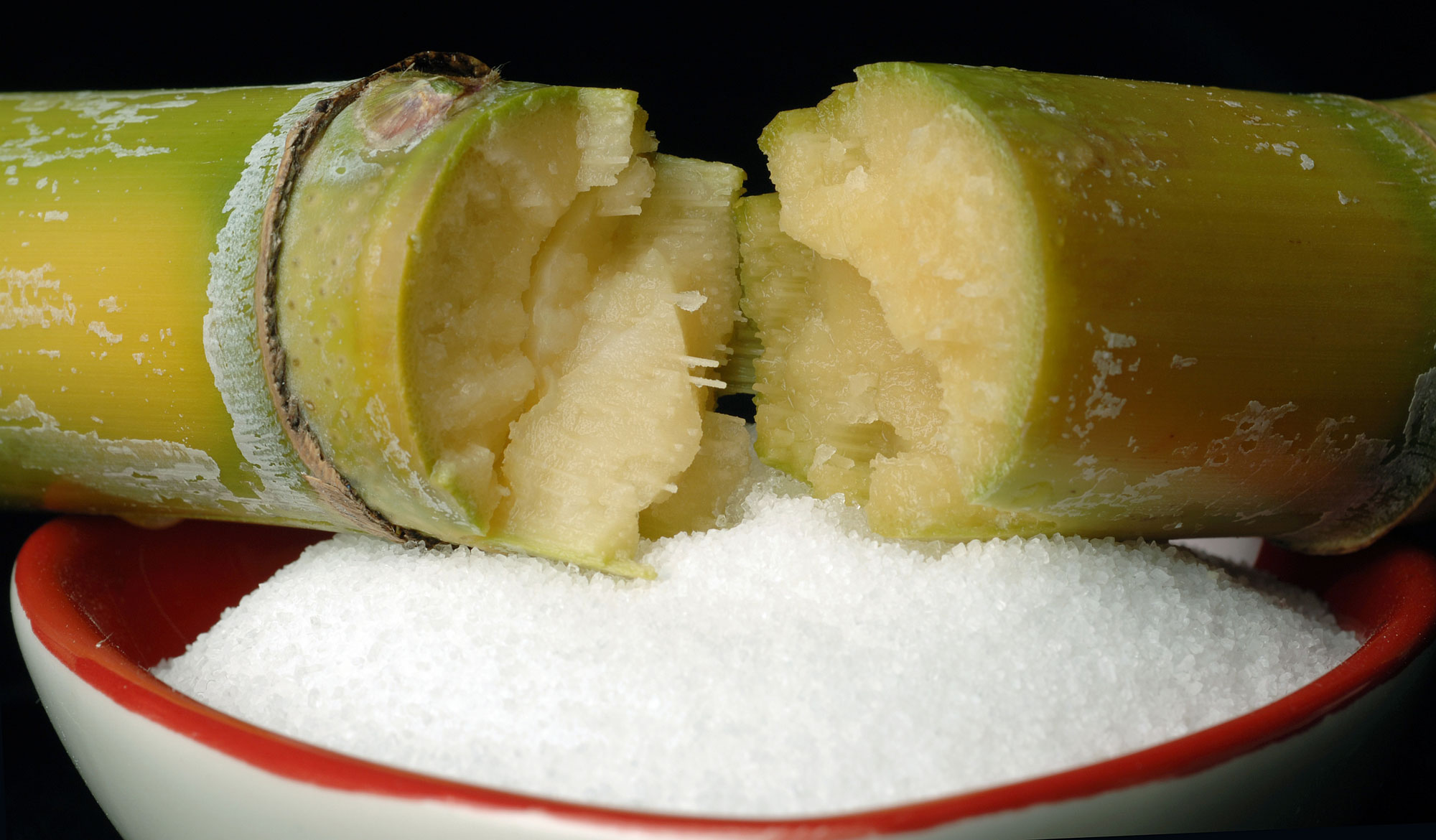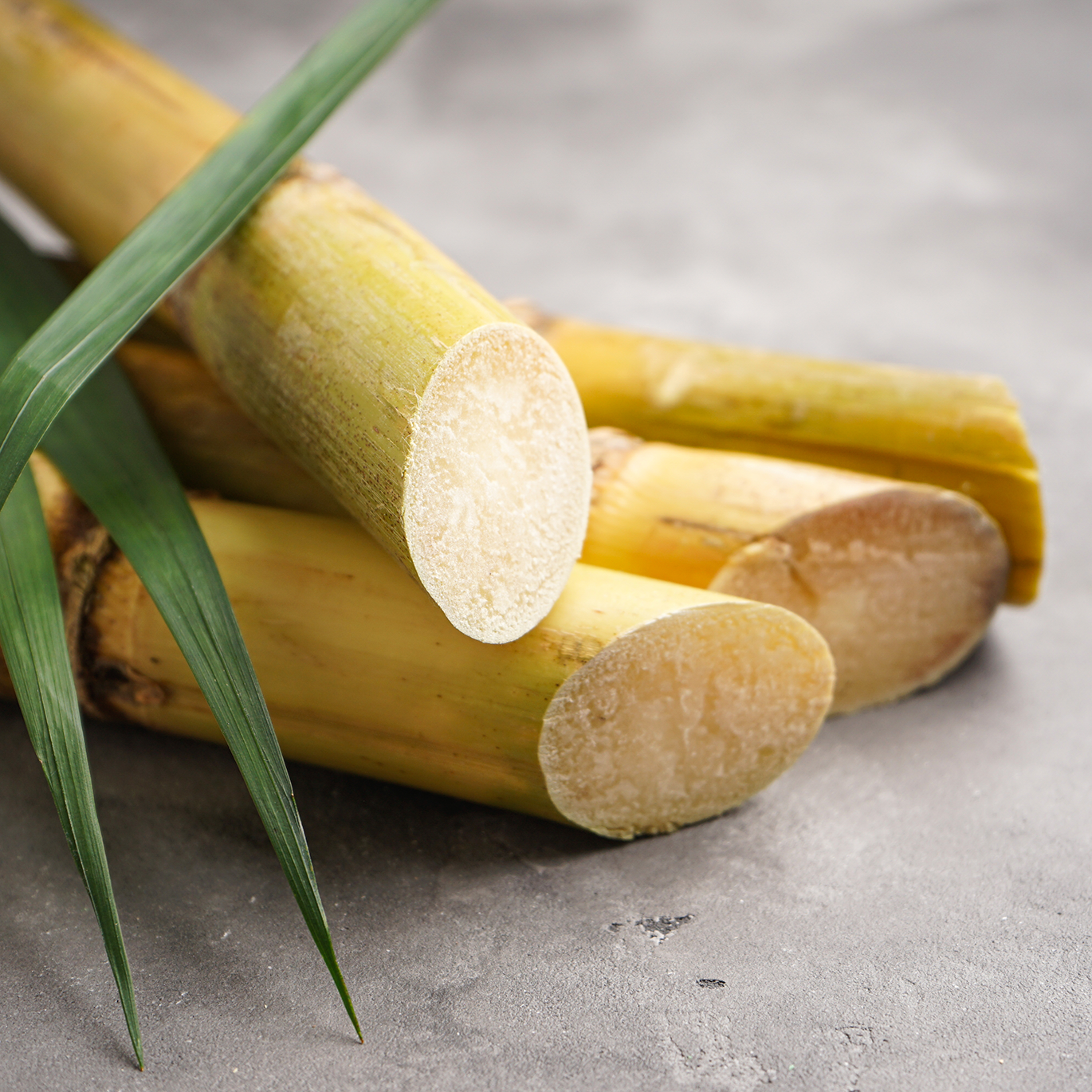The Difference Between Sugar and Cane: Understanding the Basics
The Difference Between Sugar and Cane: Understanding the Basics
Blog Article
Why Walking Cane Sugar Handling Chemicals Are Critical for Modern Sugar Refining
The duty of walking stick sugar processing chemicals in modern-day sugar refining can not be overemphasized, as they are integral to boosting both the performance of extraction and the overall quality of the last item. Representatives such as phosphoric acid and details flocculants are used to eliminate contaminations, resulting in sugar that not just meets customer expectations however additionally sticks to industry standards.
Role of Processing Chemicals
The efficiency of walking stick sugar handling hinges substantially on the critical application of processing chemicals. These chemicals play a pivotal role in boosting the efficiency and quality of sugar extraction and refining. From the initial stages of juice extraction to the final filtration steps, handling chemicals help with different critical procedures.
In the extraction stage, chemicals such as phosphoric acid and calcium hydroxide are used to maximize the explanation procedure, aiding to remove pollutants and suspended solids from the walking stick juice. This not only boosts the yield however additionally ensures the clarity of the end product. Additionally, agents like flocculants aid in the rapid settling of impurities, thereby streamlining the general procedure.
As the processing advances, chemicals are utilized in decolorization and formation phases. Turned on carbon and ion exchange materials serve to get rid of color and smell, making certain that the refined sugar satisfies customer high quality criteria. Eventually, the duty of handling chemicals extends past operational effectiveness; they substantially impact the sensory features of the final item, adding to market competition. Therefore, the careful choice and application of these chemicals are important for achieving optimal results in walking stick sugar handling.
Key Sorts Of Chemicals
Cane sugar handling relies upon a variety of vital chemicals that help with each stage of manufacturing. These chemicals play important roles in clarifying, whitening, and cleansing the sugar extracted from cane.
One main group of chemicals consists of flocculants, such as polyacrylamide, which aid in the explanation process by promoting the gathering and settling of pollutants. In addition, calcium hydroxide is frequently employed to neutralize level of acidity and help in the elimination of non-sugar parts.
Whitening representatives, such as turned on carbon and sulfur dioxide, are used to decolorize the syrup, leading to a more clear end product. These chemicals assist remove color substances that may impact the sugar's look and marketability.
Moreover, phosphoric acid functions as a pH regulator during the processing phases, making sure optimum conditions for the enzymatic tasks associated with sugar removal and purification.
Various other crucial agents consist of edta (ethylenediaminetetraacetic acid), which chelates steel ions that could catalyze undesirable reactions, and salt hydroxide, which aids in pH control throughout the refining procedure. Collectively, these chemicals boost performance and ensure a top quality cane sugar item.
Benefits for Sugar Quality
Often forgotten, the usage of specific processing chemicals substantially enhances the total top quality of walking cane sugar. These chemicals play a crucial role in refining processes, guaranteeing that the final item fulfills rigorous market standards for purity and taste.

In addition, refining chemicals help in accomplishing a regular granulation and appearance, which are essential for consumer acceptance. By regulating the condensation process, these chemicals guarantee that the sugar crystals develop consistently, leading to a more enticing product that liquifies well in different applications.
Moreover, using these chemicals can boost the service life of walking stick sugar by lessening dampness absorption and microbial growth. In general, the calculated application of processing chemicals is crucial for providing high-grade walking stick sugar that meets consumer assumptions and market needs.
Environmental Impact Factors To Consider

In addition, the energy-intensive nature of sugar refining, intensified by chemical usage, frequently results in boosted carbon exhausts. This contributes to environment change and increases concerns pertaining to the sustainability of present refining techniques. Additionally, the sourcing of these chemicals might involve techniques that endanger biodiversity, such as monoculture farming, which decreases the durability of farming ecosystems.

To reduce these effects, sugar refiners are progressively exploring sustainable options and adopting finest methods that minimize chemical use. Implementing strenuous environmental management systems can aid make sure that the refining process lines up with ecological standards and promotes biodiversity. Ultimately, a balanced strategy that focuses on both sugar quality and environmental stewardship is vital for the lasting viability of the sugar industry.
Future Fads in Refining
As the sugar market grapples with the environmental difficulties related to standard refining methods, cutting-edge strategies are arising to enhance both effectiveness and sustainability. One significant fad is the fostering of environment-friendly chemistry principles, which prioritize making use of non-toxic, naturally degradable processing chemicals. This shift not just reduces environmental effect yet also addresses consumer demand for cleaner production approaches.
Another encouraging growth is the application of sophisticated filtration technologies, such as membrane layer separation and adsorption processes. These techniques enhance the quality and high quality of the sugar while minimizing the quantity of wastewater generated during refining. Furthermore, the combination of digital modern technologies, including IoT and AI, is changing operational efficiency by making it possible for real-time surveillance and predictive upkeep, thus lessening source waste.
In addition, making use of byproducts from sugar refining, such as bagasse and molasses, is acquiring grip. These materials can be exchanged biofuels or value-added items, adding to a circular economy within the industry. Collectively, these fads indicate a change in the direction of even more sustainable methods that not only boost functional performance yet likewise straighten with international sustainability goals, guaranteeing the future stability of sugar refining.
Conclusion
Cane sugar handling chemicals are vital in contemporary sugar refining, considerably improving the effectiveness and high quality of sugar removal. The tactical usage of these chemicals not just enhances the purity and flavor of the end product however likewise makes certain consistent condensation and structure. As the industry significantly focuses on sustainability, the fostering of environmentally-friendly handling agents is most likely to form future trends in refining, eventually bring about higher high quality items and expanded service life for consumers.

Eventually, a well balanced technique that prioritizes both sugar top quality and ecological stewardship is important for the long-lasting stability of the sugar sector.
Cane sugar processing chemicals are necessary Continued in modern-day sugar refining, dramatically boosting the efficiency and quality of sugar removal.
Report this page